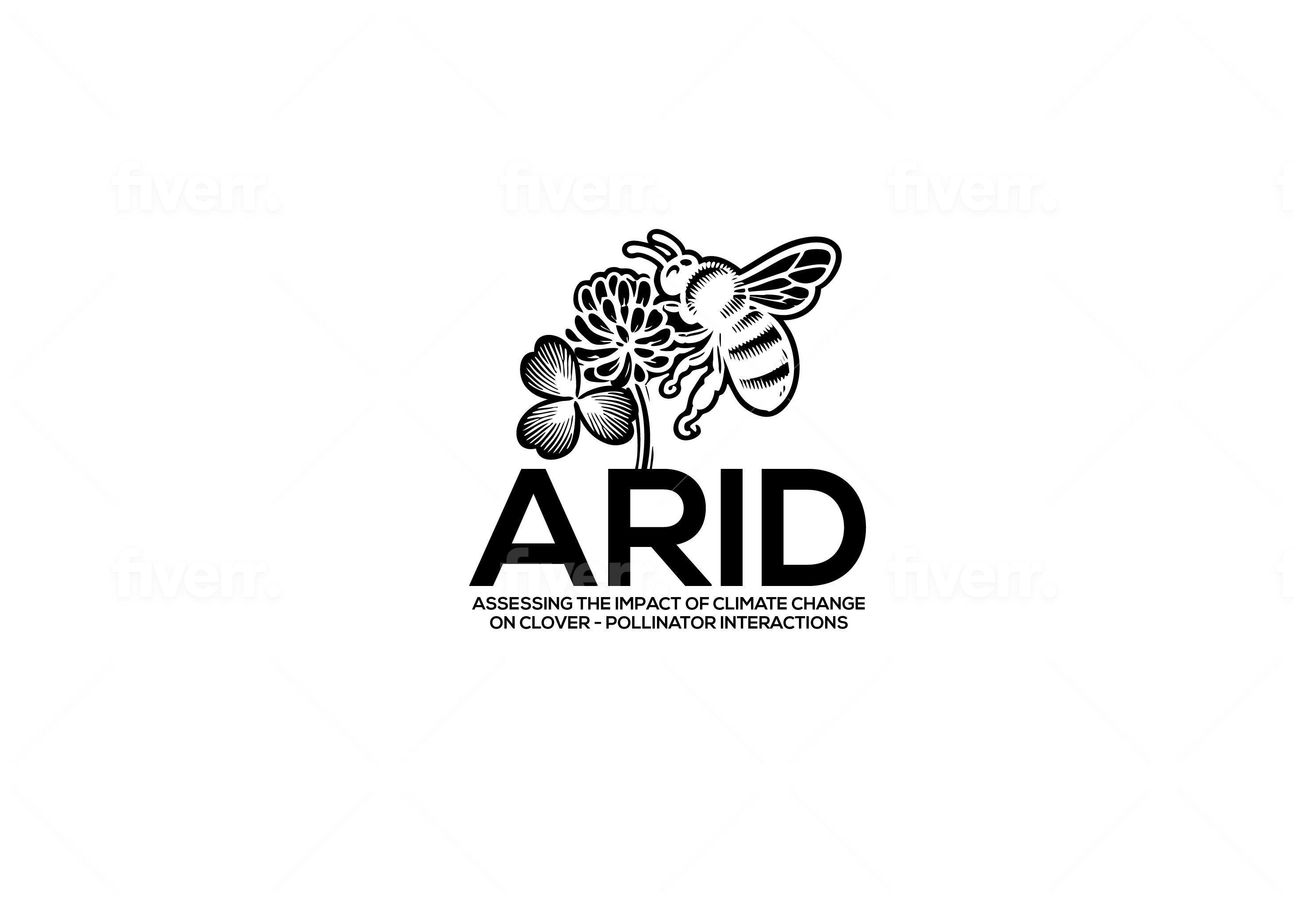Highlights
Clover featured on RTE
We were delighted to see Ear to the Ground feature an episode on the benefits of using clover. It really sums up the potential that clover has to reduce greenhouse gases and help support better livestock performance while maximising grass growth - all without the use of chemical nitrogen fertiliser.
Events
Pollen dissection & staining
The process of dissecting a flower requires sharp tweezers. An individual floret is taken from a clover flower, each normally containing 10 anthers. The outer parts of the flower are removed, and the inner 'keel' is opened carefully. The anthers are at the tips of the stamens and contain the pollen.
Anthers are placed in a preservative mix if being stored for future analysis, or can be put on a slide with a drop of stain (dye). The staining solution and anthers are heated (~30 seconds) to ensure the stain enters into viable pollen grains. Sometimes the anthers have to be punctured with a sharp tweezers carefully so that the anther bursts to release the grains.


